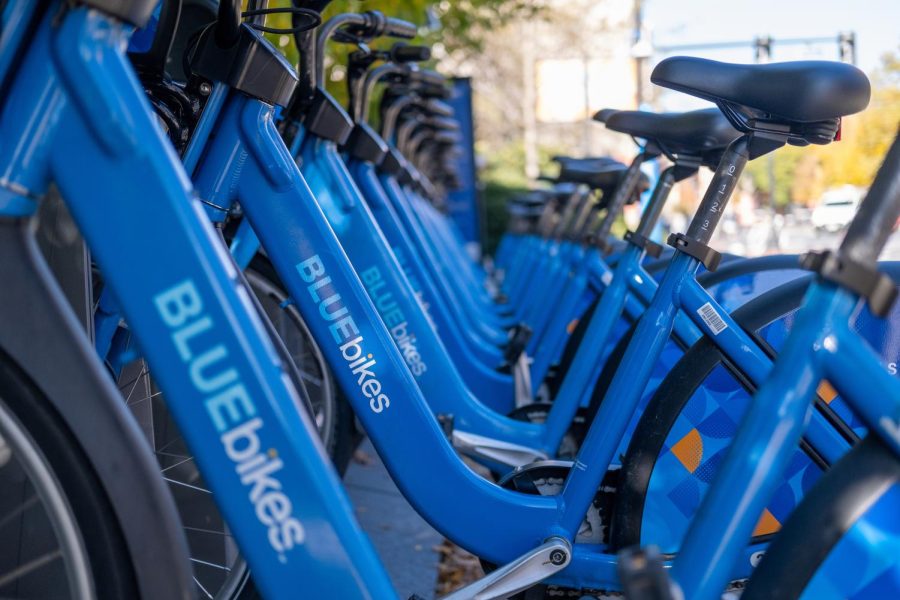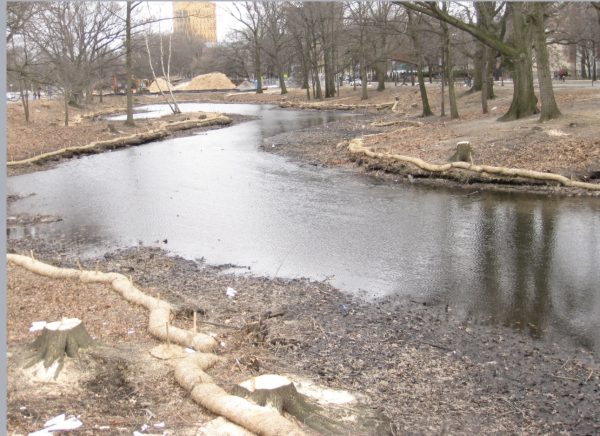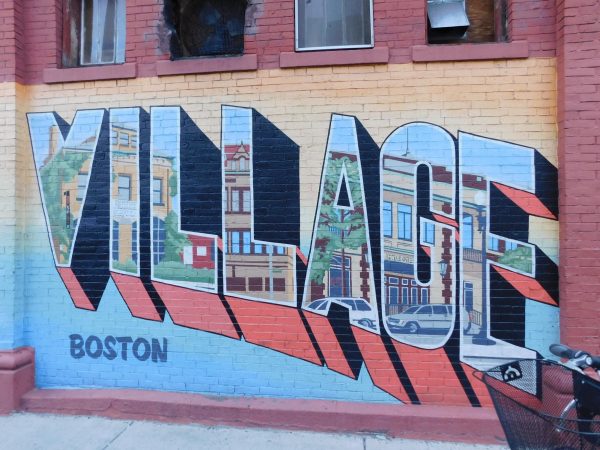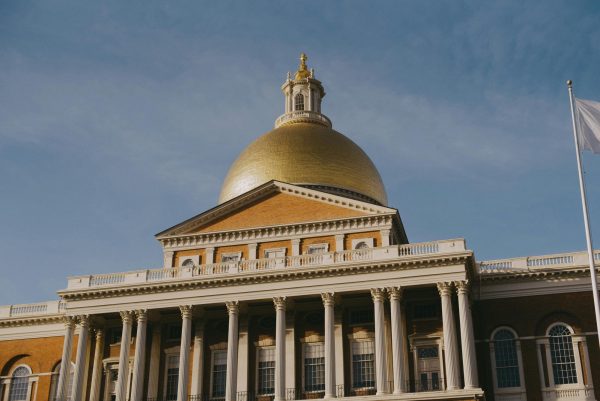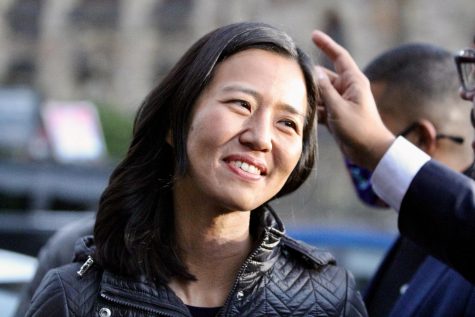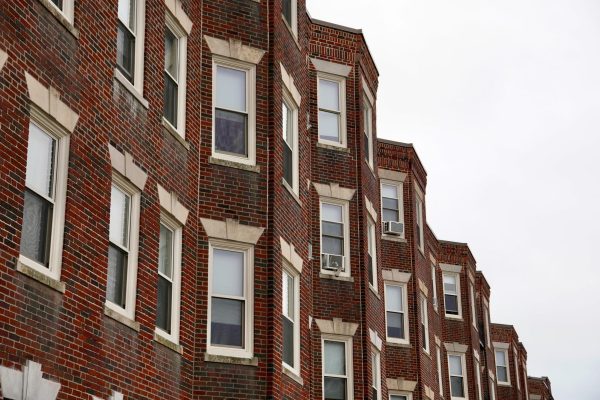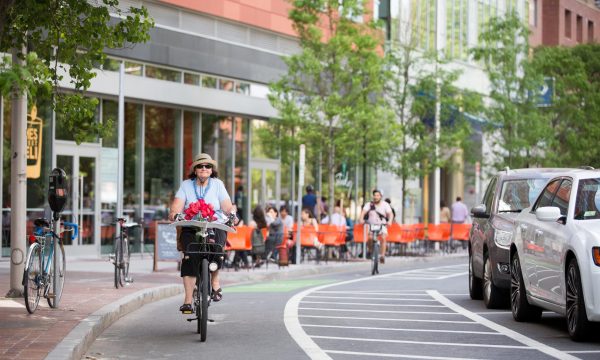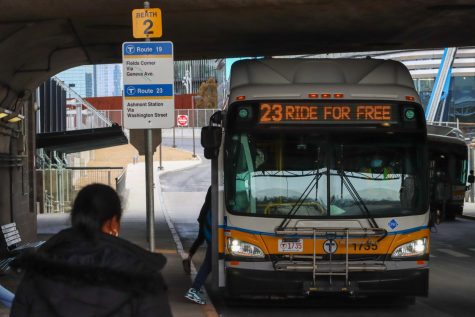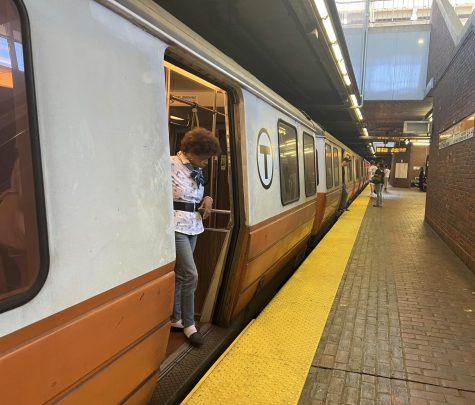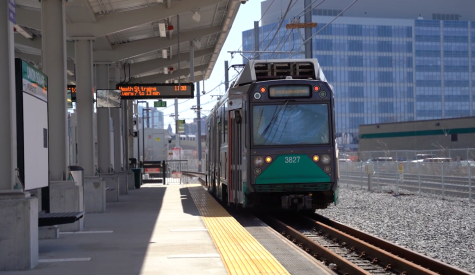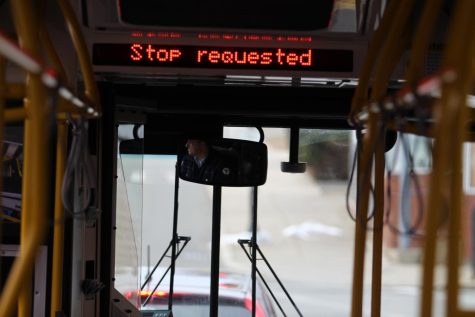Amid COVID-19 and a failing MBTA, more and more people turn to biking
The Boston Transportation Department announced a comprehensive bike safety plan that would expand existing bike lanes by 9.4 miles, add more than 100 new Bluebikes stations, and implement speed humps and raised crosswalks.
The rise of Bluebikes has helped fuel an increase in the number of people traveling on two wheels in the Boston area.
The Greater Boston area has seen a shift in its biking culture over the past several years as public transportation becomes a less appealing option and bike sharing makes the activity more accessible to everyone.
“When I first started, it was a lot more — I should say, visibly to me, anyway — white men,” said the Rev. Laura Everett, the author of “Holy Spokes: The Search for Urban Spirituality on Two Wheels” and a long-time biking advocate. “There was definitely a community of folks who rode because they had no other option, or they didn’t have licenses or economics meant that they needed to. But the activity and transit community was a lot of white guys in spandex. And that has really shifted.”
Everett attributes this change to three main factors — the introduction of Bluebikes, improving the accessibility of biking; frustration about the unreliability of the MBTA or COVID-induced nervousness around public transportation in general; and the rise of biking advocacy and outreach groups that worked to diversify the biking community and make the city safer for bikers.
Although Boston has a relatively extensive public transportation system, with five subway lines and more than 100 bus routes, Bluebikes has begun to take the place of the MBTA for some residents.
“I was a bus boy for a long time — I rode the buses and the T a while, but the MBTA is not super reliable, it doesn’t really get you all the places you need to go,” said Alex Shames, a community organizer for Boston Cyclists Union. “It wasn’t until I started biking and specifically using the Bluebikes that I really felt freedom to go wherever I wanted in the city and be able to get there in a way that was cheap, affordable and accessible.”
Since the Hubway was rebranded as Bluebikes in 2018, making the system year-round and lowering costs, more than 9 million trips have been taken using the bike-sharing system. As the company has grown, it has continued to make biking more accessible by increasing the size of its fleet. The number of stations has expanded from 190 in the beginning of 2018 to 400 by the end of 2021, more than doubling the number of bicycles available to riders.
With this kind of network, bikers and biking advocates say some people have begun turning away from public transportation, especially in light of the free Bluebikes membership offered during the Orange and Green line shutdowns earlier this year. In 2021 alone, nearly 3 million trips were taken by Bluebikes riders.
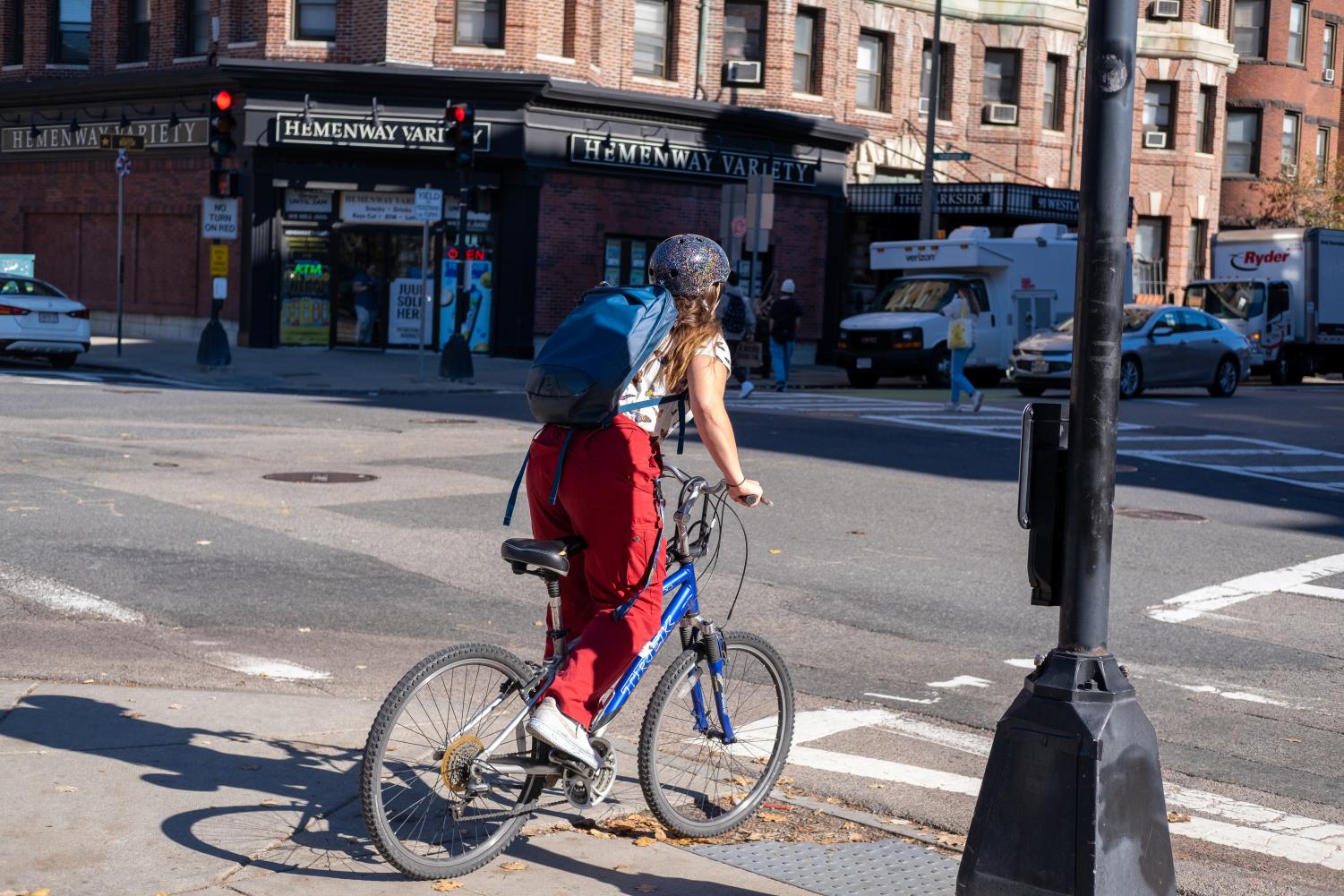
As the number of riders grows, so does the need for safe bike infrastructure. Cambridge has been rapidly moving ahead in accommodating this need, though some bikers and advocates say the rest of the Boston area is lagging behind.
According to Christopher Cassa, a volunteer with Cambridge Bicycle Safety, Cambridge’s 2019 cycling safety ordinance, which mandates the construction of protected bike lanes when a road is being renovated, was “transformative,” allowing a “whole network” to be built throughout the city.
“It’s just been really gratifying to see that,” Cassa said. “And then also people using it more because of that. Like every time a new bike lane goes in, you know, hundreds of new people get to use the bike lane and they discover the activity and the freedom and sustainability as well.”
Bicycle-friendly regulations have led to more people choosing to travel on two wheels. According to data compiled by the city of Cambridge, the total bicycle count in that community rose from 5,287 in 2003 to 21,995 in 2019, the most recent year for which numbers are available.
Rethinking the Harvard Bridge
One recent major win for cyclists was the introduction of protected bike lanes on Massachusetts Avenue across the Harvard Bridge, which connects Boston and Cambridge and which Shames said was “really not a fun place” for people to bike, with narrow lanes and fast-moving cars.
“There have been temporary lanes for about a year that went in after we had petitions and letters sent,” Shames said. “The temporary lanes were awesome and people loved them. And they just announced that they’re making them permanent, which is great.”
Another victory for Cambridge cyclists (and pedestrians) came in November, when the City Council voted to prohibit motorists from turning right when there’s a red light.
To many, though, biking still comes across as an elitist activity engaged in mainly by well-heeled white people. Working to change that is Bikes Not Bombs, an organization led by Black and other marginalized people who use bicycles to mobilize social change, particularly in the climate around people of color in the cycling community.
“Many people think cycling is a white people thing, and amongst poorer and POC communities, even if they do cycle they don’t consider themselves to be a cyclist,” said Montell Khaldi, Bikes Not Bombs youth organizer for mobility justice.
Still, the increase in bike lanes has presented drawbacks for some residents, with groups like Cambridge Streets for All advocating against more lane additions in defense of businesses that rely on street parking for customers.
Nae Green, a shift leader at the Caffè Nero located at 1868 Massachusetts Ave. in Porter Square, said that because Cambridge has a lot of parking that is reserved for residents, it’s difficult for customers to find available spots to park — and bike lanes only add to that difficulty.
“I want to say get rid of them,” said Green. “We just need more street parking, so I’m going to go more free parking, less bike lanes.”
Unlike Cambridge, some Boston roads still lack a separate lane for bikes, requiring cyclists and motorists to share one lane. Even roads with distinct bike lanes experience their own problems.
“At BU, a street that I bike on a lot, people park on the biking lane all the time,” said Hannah Hath, a regular bike commuter. “Which means I have to go into the traffic, and that gets worrisome because I could get hit or people parked could open their car doors.”
Parked cars pose a real danger to cyclists. Delivery biker and second-year Northeastern student Aidan Weinberg said he was once hit by a car when trying to get around another car parked in the bike lane. The most protected type of bike lane, where cyclists ride along the curb and parking spots are placed between the bike lane and the rest of traffic, and would prevent this danger. These unsafe bike lanes aren’t the only issue Weinberg has encountered with biking in Boston, either.
“Sometimes I’ll get stuck out in South Boston or Seaport where my main complaint is that there’s not a lot of street lighting,” he said. “If I’m biking at night, I like there to be lights. I have lights on my bike, but it’s better not to rely on those for cars to see me.”
According to a 2020 EMS Cyclist and Pedestrian Report, there were 306 cycling accidents in 2020, which doesn’t include those too minor to warrant emergency calls. According to Massachusetts Vision Zero Coalition’s fatalities map, nine of those accidents resulted in a death. Though this number is down from 377 total accidents in 2019, it still represents a need for change.
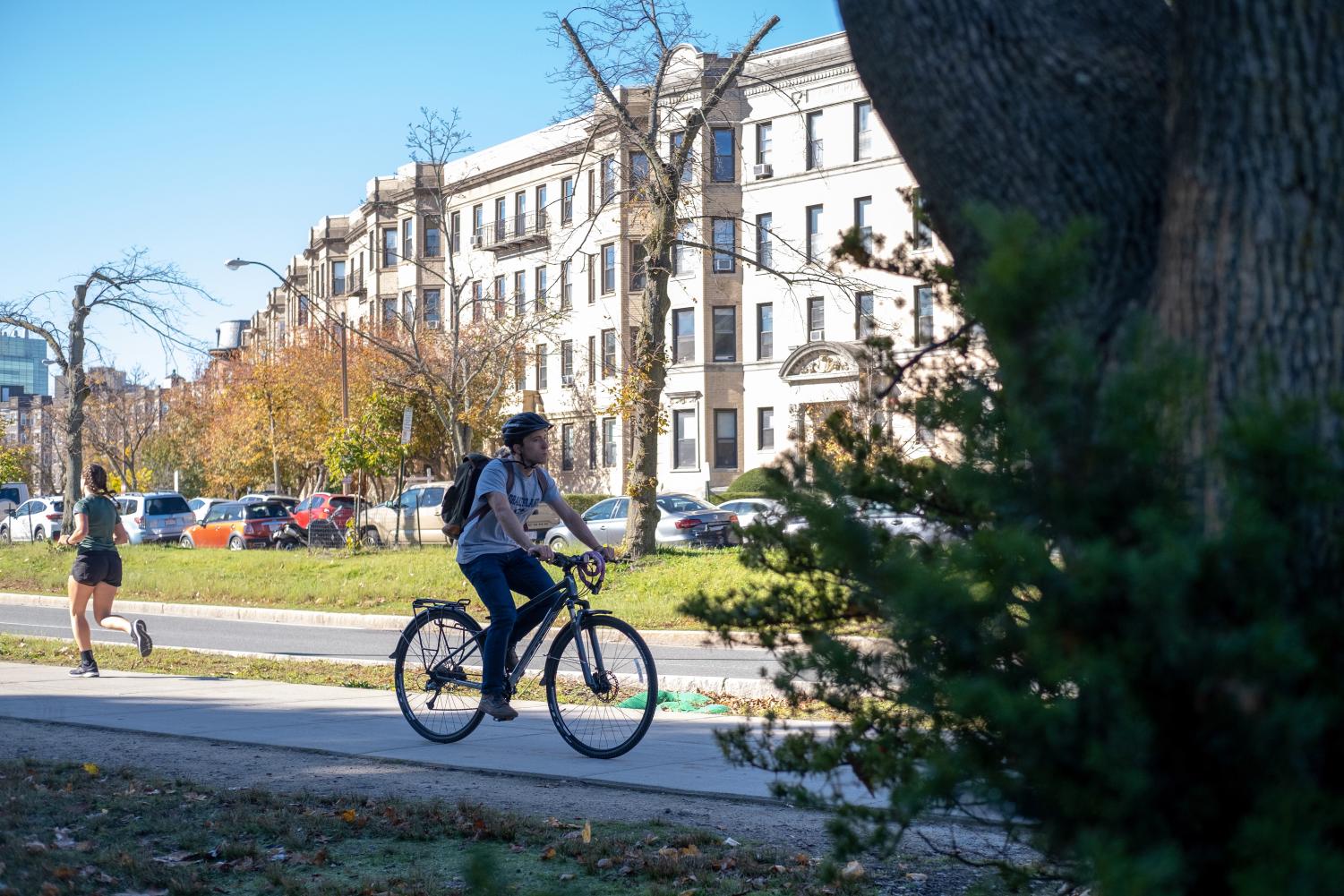
Looking to Mayor Wu
Shames said he hopes that Mayor Michelle Wu, who was pro-bike as a city councilor, will help make change happen. Wu and the Boston Transportation Department announced a comprehensive bike safety plan on Sept. 6 that would expand existing bike lanes by 9.4 miles, add more than 100 new Bluebikes stations, implement speed humps and raised crosswalks to calm streets, and host free learn-to-bike workshops for women and gender-nonconforming adults.
Another major facet of biking safety is helmets — according to the 2020 EMS report, more than 60% of all bike accidents where 911 was called involved helmetless riders. Bluebikes “strongly recommends” wearing a helmet, with signs at each station encouraging riders to wear one. But Bluebikes doesn’t currently have a system in place to ensure this happens and could not be reached for comment.
Many cyclists around the city choose not to wear helmets, despite the risk it poses.
“I’m a big proponent of ‘you assume the risk that you take,’” said Jalen Gonel, a fifth-year Northeastern student and regular Bluebikes user. “Like, you chose to ride the bike, they told you to wear the helmet, and if you don’t want to wear it, as I do, so if I fall and break my head and die, well, I took that risk.”
Many other cyclists seem to share this perspective. Rev. Everett said she thought the general health benefits of cycling outweigh the risk of not wearing a helmet if that helmet is the only barrier for someone to get into biking.
Everett, who’s executive director of the Massachusetts Council of Churches, said biking gives her an opportunity to be part of the city rather than just pass through it. “I get in cardio, I get to work out some of my ideas, and I get to interact with my city and see things,” she said. “There’s no giant metal shell around me, so I see my neighbors. It’s how I want to be as a citizen of this city.”
As advocacy groups and individuals continue to promote biking, Everett hopes the community of cyclists will continue to grow.
“Whoever says about their commute, ‘God, I really loved sitting in traffic today,’” she said. “But I get to say that. It’s better for the Earth. It’s better for my body. It’s better for my community. But the truth is riding a bike is a hell of a lot more fun than sitting on the Orange Line or sitting in traffic.”
This story was produced by Professor Dan Kennedy’s Journalism 2 students at Northeastern University. Reporting by Henry Bova, Grace Comer, Trevor Gardemal, Jake Guldin, Ella Hamilton, Sarah Liu, Sarah Pyrce, Sophie Quisenberry, Jasmine Velazco, Gracie Vogel, and Jessica Xing. Photos by Henry Shifrin. Research by Laura Emde and Kristina DaPonte.


